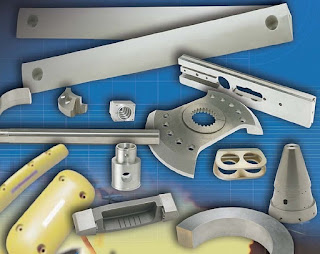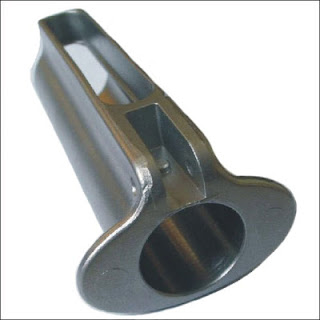Tungsten Heavy Metal Crankshaft Brick
The tungsten alloy crankshaft is placed on the balancer and spun to determine the points where metal needs to be added or removed. The balancer indexes of the crank show the exact position and weight to be added or subtracted. The electronic brain inside the balancer head does the calculations and displays the results. The tungsten alloy crankshaft counterweight is done by two inserts which are made of tungsten alloy, to improve acceleration. Common method is adding light elements such as silicon to reduce the weight of the crankshaft.
Tungsten alloy crankshaft brick typically connects to a flywheel, to reduce the pulsation characteristic of the four-stroke cycle, and sometimes a tensional or vibration damper at the opposite end, to reduce the torsion vibrations often caused along the length of the tungsten alloy crankshaft brick by the cylinders farthest from the output end acting on the tensional elasticity of the metal.
Using tungsten alloy crankshaft brick can also be cost effective with some crankshaft designs. Since the raw steel stock needed for the crankshaft can be much smaller if it does not need to include the counterweights. It also makes it easier to machine the crank pins hollow without having counterweights in the way.
With regards to tungsten’s properties, it is a very dense metal with a high Moe, so it makes a more compact counterweight mass. If the tungsten alloy crankshaft brick counterweights are radically bolted, fatigue is not much of a problem since the bolt loads are not reversing.










